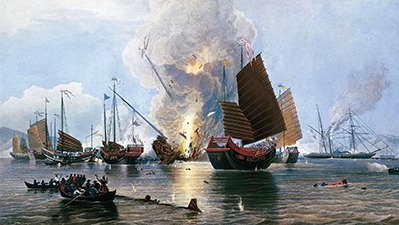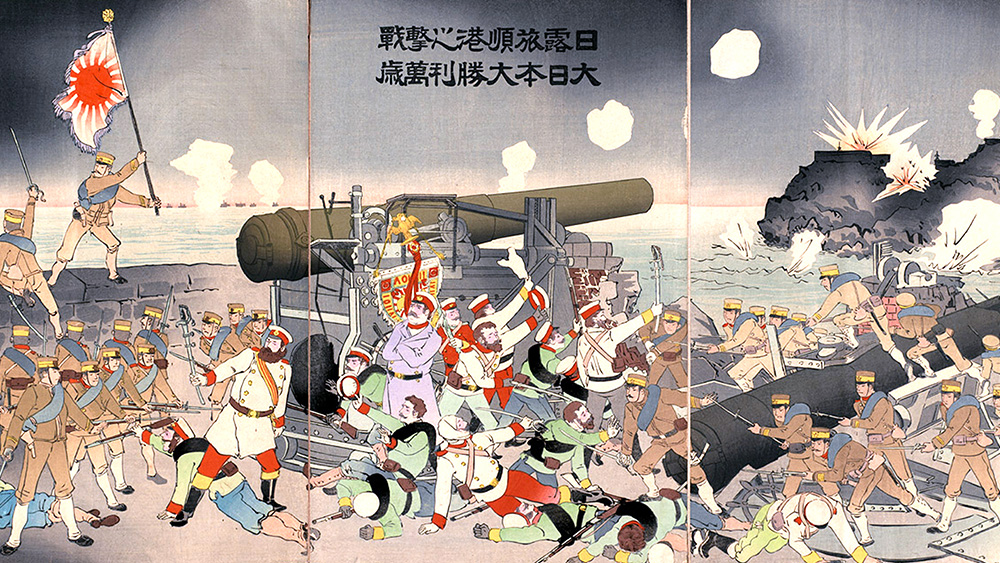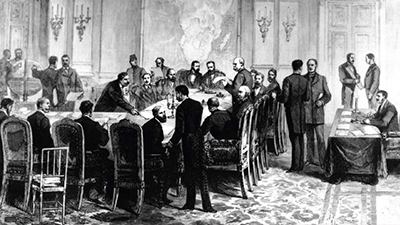Imperialism

Featured Materials

Tools of Imperialism
Imperialism was the idea that launched a thousand ships. The leaders of industrial empires used the ideas of imperialism to support their actions around the world.

Industrialization and Imperialism Thematic Map
A full-color thematic map of Industrialization and Imperialism in 1871 CE, meant to help you support, extend, and challenge the frame narratives.

Colonial Violence
Lessons


Materials

Opium Wars and Economic Imperialism

Contextualization: Opium Wars

Industrial Imperialism, the “New” Imperialism

The Berlin Conference

Imperialism Cartoons
 Teaching This Topic
Teaching This Topic

Historical Thinking Skills Guide
Help your students develop the skills needed to think like a historian.

Professional Development Events
Check out our free, live webinars and skills clinics that connect directly to your classroom. Because you deserve PD that’s useful, energizing, and worth your time.

Teacher Blog: Insights from Educators for Educators
Find fresh ideas, classroom insights, and teaching strategies to feed your curiosity and strengthen your practice.

Community Forum for Teachers
A vibrant, welcoming community that celebrates teacher voices. Ask questions, get answers and ideas, and share feedback with the OER Project team.